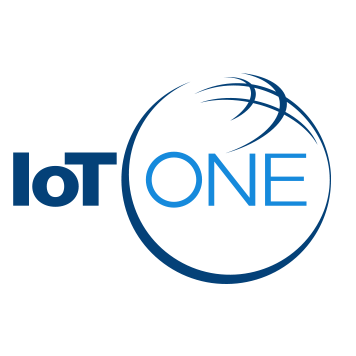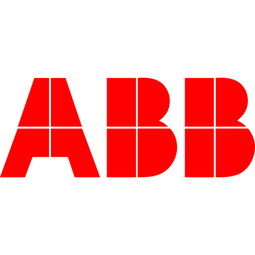Xylem
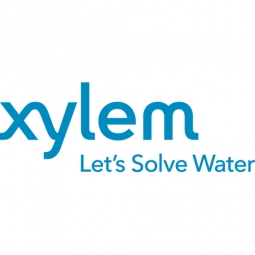
Overview
|
HQ Location
United States
|
Year Founded
2008
|
Company Type
Public
|
Revenue
$1-10b
|
|
Employees
10,001 - 50,000
|
Website
|
Stock Ticker
NYSE:XYL
|
Company Description
ylem (XYL) is a global water technology provider, enabling customers to transport, treat, test and efficiently use water in public utility, residential and commercial building services, industrial and agricultural settings. The company does business in more than 150 countries through a number of market-leading product brands, and its people bring broad applications expertise with a strong focus on finding local solutions to the world's most challenging water and wastewater problems.
IoT Solutions
Xylem provides products and services which move, treat, analyze, monitor and return water to the environment in public utility, industrial, residential and commercial building service settings.
Subsidiary
IoT Snapshot
Xylem is a provider of Industrial IoT functional applications, networks and connectivity, sensors, automation and control, and infrastructure as a service (iaas) technologies, and also active in the cities and municipalities, electrical grids, telecommunications, and utilities industries.
Technologies
Use Cases
Functional Areas
Industries
Services
Technology Stack
Xylem’s Technology Stack maps Xylem’s participation in the functional applications, networks and connectivity, sensors, automation and control, and infrastructure as a service (iaas) IoT Technology stack.
-
Devices Layer
-
Edge Layer
-
Cloud Layer
-
Application Layer
-
Supporting Technologies
Technological Capability:
None
Minor
Moderate
Strong

Supplier missing?
Start adding your own!
Register with your work email and create a new supplier profile for your business.
Case Studies.
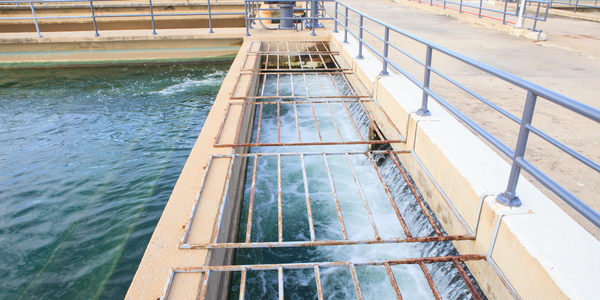
Case Study
Artificial Intelligence Based Risk Solution Reduces Replacement Costs
With water main breaks increasing, utility customers were experiencing unpredictable service outages, costly repairs, and highly disruptive road closures. To improve its reputation and customer service, the utility wanted to be more proactive in its water infrastructure management and prioritize pipes that needed the greatest attention.
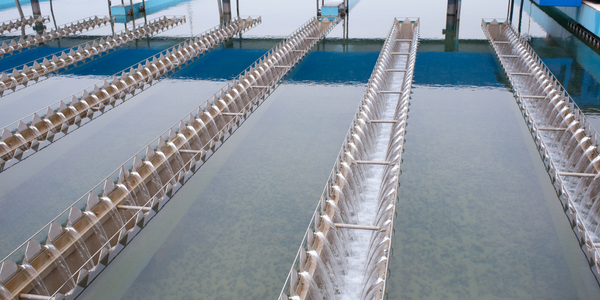
Case Study
Xylem's Comprehensive Fire Protection Solution for Canadian Paper Pulp Mill
The pulp and paper market, valued at USD519 billion in 2019, is projected to reach USD680 billion by 2027. With this rapid growth, safety standards, particularly fire protection, have become a priority. Paper dust, a byproduct of the manufacturing process, is highly combustible, leading to the risk of dust explosions at manufacturing facilities. A paper pulp mill in eastern Canada recognized the need for enhanced fire protection at their facility. The existing system, a vertical turbine pump, was insufficient. The facility managers sought a more comprehensive solution that would meet the future demands of the mill and provide peace of mind.

Case Study
Advanced Analytic Solutions for State-Wide Monitoring Program: A Case Study of Air Selangor
Air Selangor, a large water distribution company in Malaysia, was grappling with a high rate of non-revenue water loss, which stood at 33.3 percent in 2017. The company's aging infrastructure was a concern, and it was keen on reducing leaks and bursts and identifying the causes of pressure surges to mitigate the damaging transients that could reduce the lifespan of its pipes. The company used various techniques to identify leaks and bursts, but the response time was not quick enough to minimize the runtime of leaks/bursts and the disruption caused. The remote geographical location of its trunk main network often led to a long runtime of leaks before discovery. Pressure transients were known to be an issue within the network, but without information on their sources or causes. The company also noticed that leaks often recurred on the same pipelines, causing concern and harming the utility’s reputation. Air Selangor was actively seeking innovative ideas for continuous monitoring to identify leaks and pressure surges earlier, reduce non-revenue water loss, and improve customer relations.

Case Study
Risk-Based Asset Management Approach Prevents PCCP Failures And Saves Utility Over CA$1 Million
The Lake Huron and Elgin Area Primary Water Supply Systems in southwestern Ontario, which provide water for approximately 500,000 residents across 15 municipalities, faced a significant challenge with their Lake Huron Primary Transmission Main. This 60-kilometer pipeline, constructed in 1965, experienced four catastrophic failures over the past 55 years, disrupting the supply of drinking water to a significant portion of southwestern Ontario and causing serious flooding. The failures also affected approximately 70 hectares of prime agricultural lands due to soil erosion and deposition. The utility decided to take a proactive approach to managing risks associated with the pipeline, starting with assessments to better understand the main’s baseline condition and then monitoring the pipeline continuously.
Similar Suppliers.
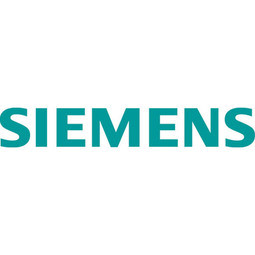
Supplier
Siemens
Siemens is the largest engineering company in Europe. With their positioning along the electrification value chain, Siemens has the knowhow that extends from power generation to power transmission, power distribution and smart grid to the efficient application of electrical energy. Featured Subsidiaries/ Business Units: - Digital Factory - Siemens Technology to Business (TTB)
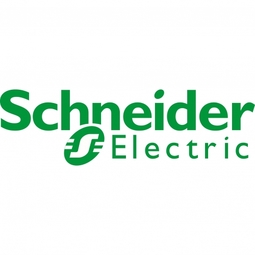
Supplier
Schneider Electric
Schneider Electric is a leading global manufacturer of equipment for electrical power distribution and for industrial control and automation. The company helps power generators distribute electricity; designs automation systems for the automobile and water treatment industries; builds electric networks and utility management systems for energy, water treatment, oil and gas, and marine applications; and manages electric power in residential, industrial, and commercial buildings.Year founded: 1836Revenue: $26.0 billion (2014)EPA: SUFeatured Subsidiaries/ Business Units:- Avantis- Wonderware
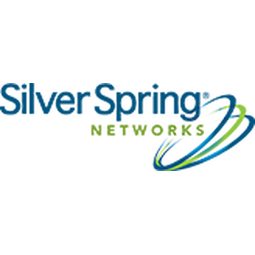
Supplier
Silver Spring Networks (Itron)
Silver Spring Networks is a leading networking and solutions provider for the Internet of Things. Silver Spring’s pioneering IPv6 networking platform provides connectivity for a range of applications to some of the world’s leading utilities and major cities. Silver Spring’s open-standards platform enables multiple applications and services to leverage a common network, control, and data platform. With over 23.6 million devices connected on five continents Silver Spring’s platform supports a wide range of customers, including leading utilities such as Baltimore Gas & Electric, CitiPower & Powercor, Commonwealth Edison, Consolidated Edison, CPS Energy, Florida Power & Light, Jemena Electricity Networks Limited, Pacific Gas & Electric, Pepco Holdings, Progress Energy, and Singapore Power, and cities such as Copenhagen, Glasgow, and Paris.Year founded: 2002
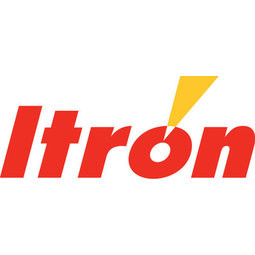
Supplier
Itron
Itron is a global technology company that has been delivering IoT solutions to utilities for decades that help optimize energy and water. Our broad product portfolio includes measurement and control technologies; communications systems; software; and professional services for the utility industry, IoT and smart cities. With thousands of employees supporting nearly 8,000 customers, we have deployed over 155 million communication modules in more than 100 countries. Itron empowers the responsible and efficient management of energy and water resources. Join us in creating a more resourceful world.


